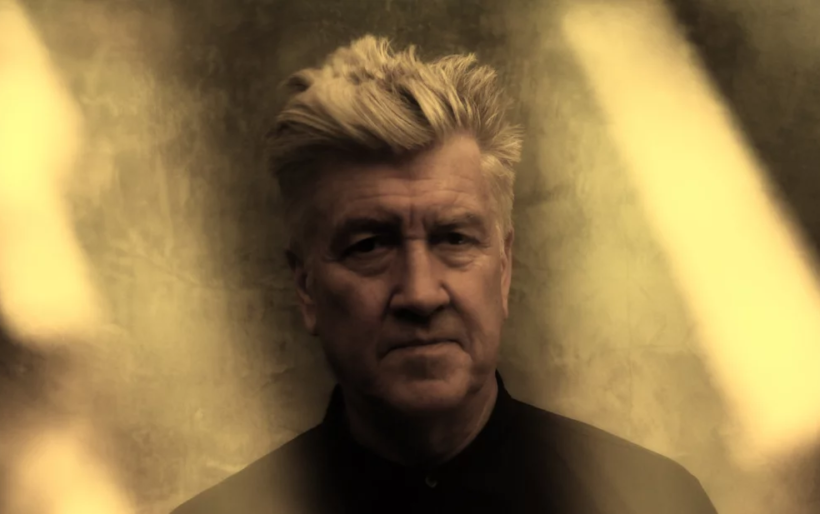Iconic filmmaker, visual artist, and music aficionado David Lynch has sadly passed away today at age 78. “There’s a big hole in the world now that he’s no longer with us. But, as he would say, ‘Keep your eye on the donut and not on the hole,'” reads a post by his family on his official Facebook page. “It’s a beautiful day with golden sunshine and blue skies all the way.”
After a brief stint studying at the Pennsylvania Academy of the Fine Arts in Philadelphia in 1966, and time spent living at 13th and Wood in the city’s post-industrial Callowhill section in the late 60s and early 70s, Lynch moved west and began making films inspired by the desolate surroundings he came from. Known for his surrealist-inspired, richly left-of-center approach to storytelling — best exemplified in works like Blue Velvet, Mulholland Drive, and his immensely popular television series Twin Peaks — his work addressed the sinister underbelly of the American dream, critiqued power structures and suburban society, and did so in a way that balanced despair with humor and hope. And one of the primary ways he did this was through music.
Whether it was the suave Ben serenading the psychopath Frank with Roy Orbison’s “In Dreams” in Blue Velvet, the rumbling rhythms of David Bowie’s “I’m Deranged” setting the tone for Lost Highway, or Booker T. and The MGs’ “Green Onions” soundtracking an absurdly drawn-out sweeping scene in Twin Peaks: The Return, Lynch harnessed music to bring the drama, add levity, or provide grace and beauty to an ugly scenario. And in addition to filmmaking — and painting, his first medium — Lynch turned his creative energies to music later in his career.
Two conversations with an American auteur
In 2012, Lynch appeared on World Cafe shortly after the release of his album Crazy Clown Time. In an interview with David Dye, he discussed the intersection of images and sounds. As Dye wrote at the time, the record is just like Lynch’s visual work: deep and eerie yet disarmingly lush, weaving sounds into a slow, spacey, slightly unnerving lull.
Music is integral to what Lynch does visually, Dye finds, and has always been a part of his bigger picture. “A lot of times, the film is finished being shot, and you’re working on sounds and music and in an experimental mode, and you find a piece of music that marries to the picture and brings out the mood that’s required,” Lynch tells him. “So it’s both ways. Sometimes [music] starts the thing and sometimes it’s one of the last things that goes in.”
Listen to that interview below.
